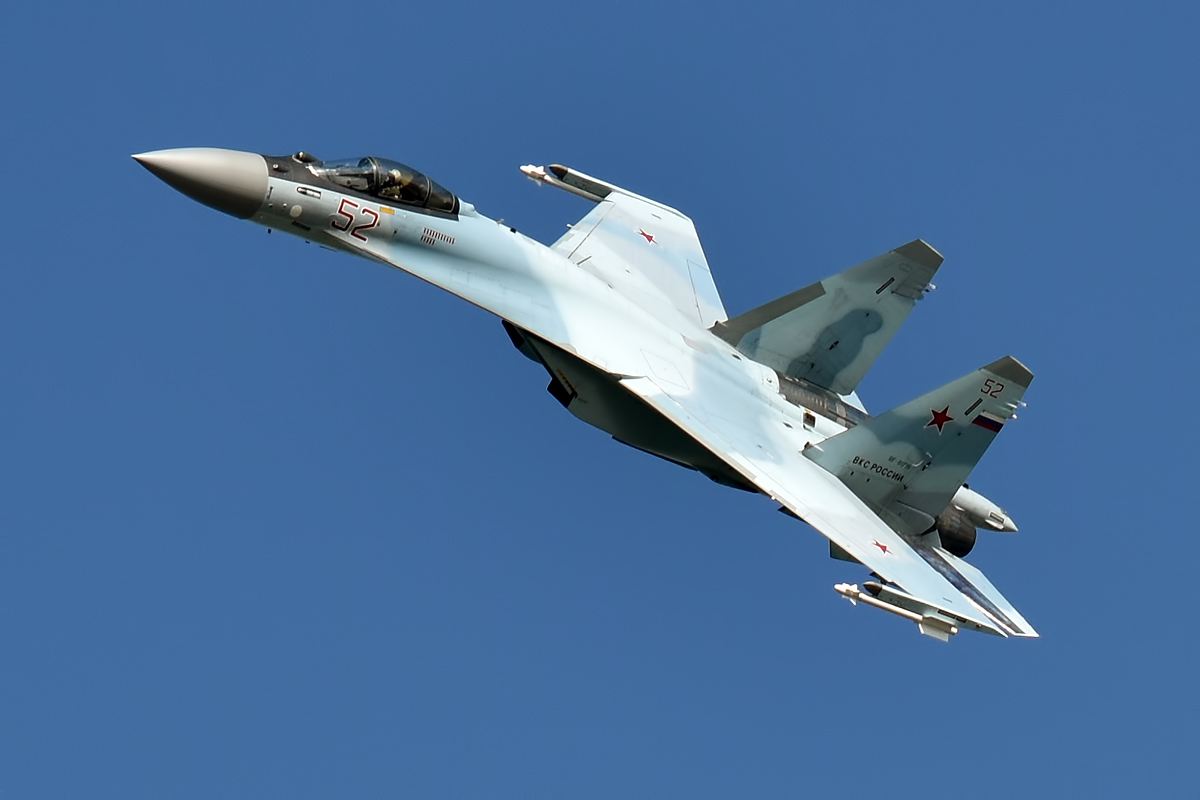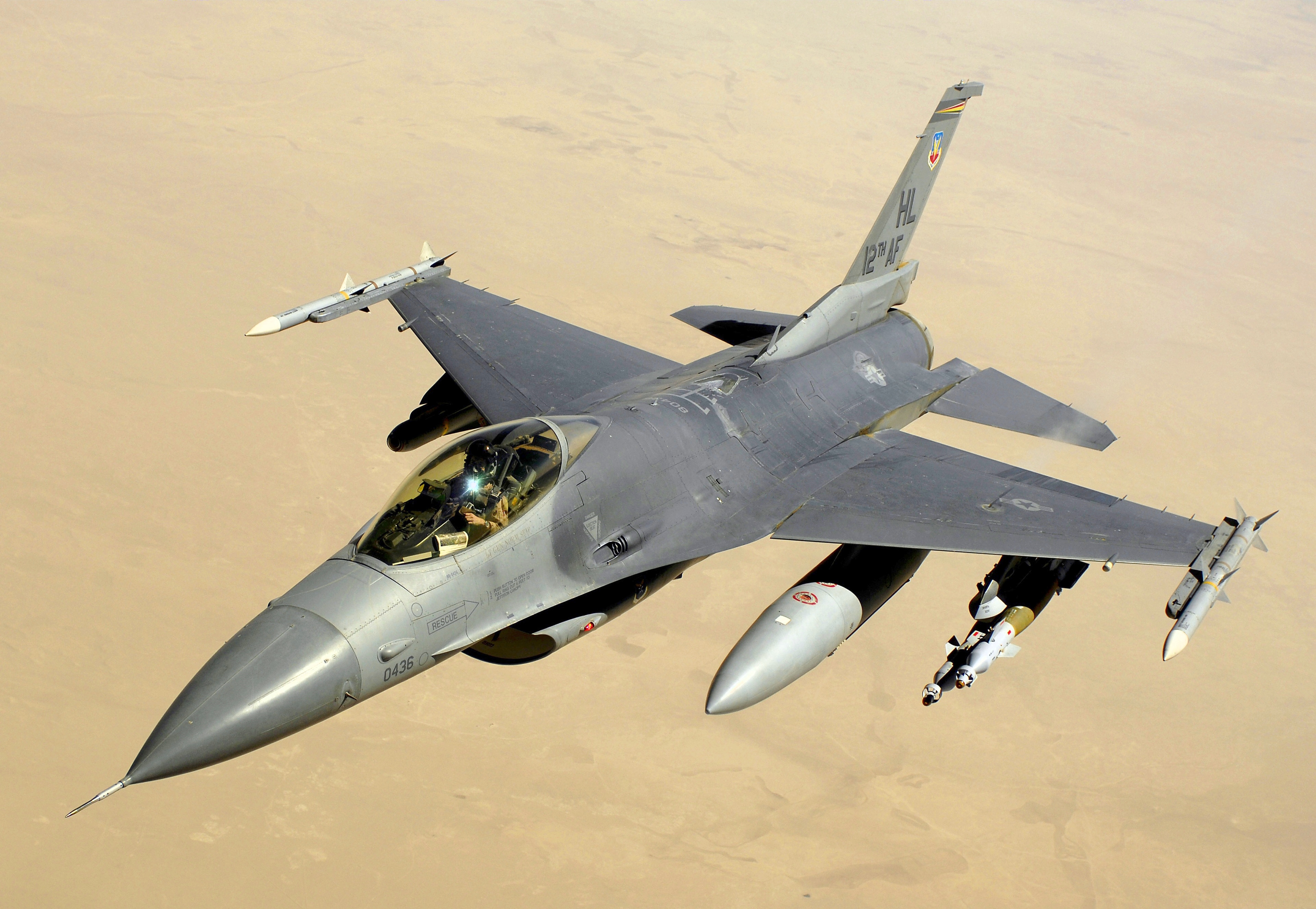Two Ukrainian drones headed for Moscow were shot down, Russian officials said on Wednesday, in the latest wave of attacks targeting the capital city.
“Two combat drones’ attempt to fly into the city was recorded. Both were shot down by air defense,” Moscow mayor Sergei Sobyanin said on Telegram.
One drone was downed in the Domodedovo area on the southern outskirts of the city, while the second was shot down in the Minsk highway area, west of the capital.
The strikes are at least the third attack near Moscow within a week. On Sunday, Russia said it downed Ukrainian drones in the Podolsky district on the capital’s outskirts and again on Monday, in the Kaluga region, further from the capital to the southwest.
On July 30, Ukrainian President Volodymyr Zelensky warned that “war” was coming to Russia, with the country’s “symbolic centers and military bases” becoming targets.
An office block used by Russian government ministries in Moscow’s main business district was recently hit twice, with Russian officials saying the damage came from downed Ukrainian drones.
Earlier, officials said one person was killed, and dozens more were injured on Wednesday after a massive explosion tore through a Russian warehouse northeast of the capital Moscow.
A video shared by state media showed a bright ball of flames bursting on the horizon, followed by a shockwave that blew out the windows in surrounding buildings.
The warehouse in the city of Sergiyev Posad was rented by a private company and used to store pyrotechnics, Moscow region governor Andrey Vorobyov said. The city administration said one person had been killed, while the governor reported more than 50 people had sought medical help.
Firefighters could be seen spraying water on the smoldering ruins of a building as search dogs and rescuers combed through the scorched wreckage. The explosion came as Russian officials remained on high alert over Ukrainian drone attacks targeting military infrastructure.
Ukraine Hails Russian Fighters
Earlier, in a recent interview with RBC-Ukraine, Yuriy Ihnat, the Ukrainian Armed Forces’ Air Force (AFU) spokesperson, acknowledged that the Russian Su-35 fighter is one of the best combat aircraft, praising its impressive combat capabilities.
During the interview, when questioned about the potential challenge Russian aviation could pose to the F-16 fighters sought by Kyiv from the West, Ihnat said, “They have Su-35s. It is one of the best aircraft out there…The main aircraft that threatens us is the Su-35. This must be recognized.”
Ihnat further elaborated on the attributes of the Russian Su-35 fighter, and called it a technological marvel.
He highlighted the radar as a crucial feature that enables the aircraft to detect targets, along with an advanced sighting and navigation system capable of engaging multiple air targets simultaneously.
The Su-35 also boasts protective equipment and electronic warfare capabilities, making it a tough adversary. In addition, he emphasized that the R-37 missile is considered one of the most perilous threats to their forces.

Despite Moscow’s limited stockpile of these missiles, they have already utilized them against the Ukrainian Air Force. However, Ihnat said their pilots express strong skepticism regarding Russia’s claim of a 380-kilometer range for the R-37 missile.
Yet, it is evident that the missile can still reach distances exceeding 200 kilometers, surpassing the range of the AIM-120 AMRAAM missile. This difference in range makes the R-37 a highly concerning and challenging weapon for Ukrainian forces.
The representative of the Ukrainian Air Force also mentioned that Russia has the fifth-generation Su-57 stealth fighter, but no sightings of these jets at the frontlines have been reported.
F-16’s Potential To Achieve 100% Success Rate In Downing Russian Missiles and Drones
Nonetheless, the Ukrainian Air Force spokesperson underscored the capabilities of the Russian Su-35 fighter while presenting a compelling argument for acquiring F-16 fighters to counter the Russian Aerospace force.
He said the F-16 is also a highly capable aircraft, and its acquisition is crucial to bolster Ukraine’s defensive capabilities.
Combining the F-16’s strengths with well-coordinated actions and ground air defense systems such as Patriot, NASAMS, IRIS-T, and others can effectively control the airspace over occupied territories.
According to Ihnat, acquiring F-16s would enable the Ukrainian Air Force to achieve nearly 100% interception of kamikaze drones and cruise missiles, significantly improving their current success rate of 70-80% against Russian attacks.
In response to the interviewer’s question about the timeline for the arrival of the first squadrons and fighters in Ukraine to commence combat missions, the spokesperson explained that there is no exact date yet, as various factors must be considered.

The process involves not only the transfer of the aircraft but also the establishment of proper servicing and maintenance facilities at suitable bases.
Western fighters like the F-16 require specific attention and expertise, so discussions are ongoing about potentially carrying out the service in European NATO countries to ensure efficient and effective maintenance.
Meanwhile, Ihnat mentioned that there were considerations for other aircraft options, such as the American attack aircraft A-10 and Tornado, along with the Gripen, known for its cost-effectiveness and suitability for Ukrainian runways and weather conditions due to its low maintenance requirements.
While the Gripen is a capable single-engine aircraft with diverse weapons, the spokesperson acknowledged that acquiring any aircraft would take time, as the production process is not rapid.
He also discussed the evolving tactics of the Russian forces to bypass Ukrainian air defense systems, stating that they alter the missile and drone routes and use the terrain, like rivers, to fly at lower altitudes to avoid detection.
Russian forces also employ programmed changes in flight direction, with sudden shifts north or west or even performing U-turns, making it demanding for Ukrainian air defenses to track and intercept those missiles or UAVs effectively.
To compound the challenge, the timing of their attacks has shifted from daytime to predominantly nighttime, as it reduces their losses when their kamikaze drones come under the zone of destruction of mobile fire groups.
Despite having spotlights and night vision devices, engaging enemy drones at night and during cloudy conditions becomes difficult. The spokesperson stressed the need to strengthen their capabilities with mobile fire groups and more modern systems to counter such drone threats effectively.
- Contact the author at ashishmichel(at)gmail.com
- Follow EurAsian Times on Google News




